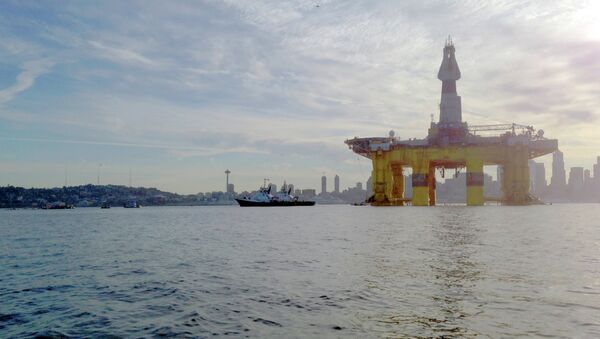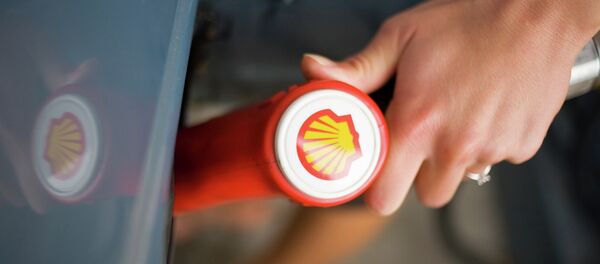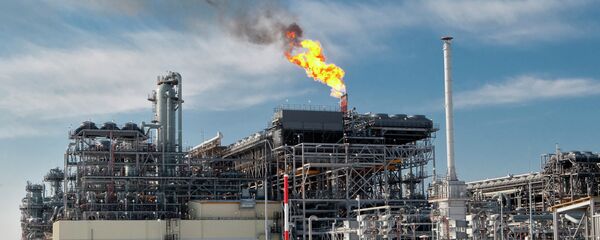On May 11, 2015, the US Bureau of Ocean Energy Management gave Shell an initial green light to begin offshore oil drilling in the Chukchi Sea.
Environmental organizations decried the decision, arguing that drilling poses a grave risk to the region’s marine life, especially given the technical difficulties and environmental risks of extracting oil and gas from offshore Arctic fields.
To stop Shell from drilling, opponents tried petitioning the courts, engaging the Obama administration and conducting demonstrations to block a Shell ship's passage to the Arctic, media stated.
However, Shell would be permitted to drill in rock if the company uses the icebreaking ship Fennica. The ship, which contains a key piece of drilling safety equipment, departed from Oregon on Thursday.
“In the days to come, the team aboard the Transocean Polar Pioneer will work to complete the top portion of the well in anticipation of drilling to total depth once the Fennica arrives on site,” Shell spokesman Curtis Smith said. “We remain committed to operating safely and responsibly and adding to Shell’s long history of exploration offshore Alaska.”
Critics have pointed out to the fact that Shell has not operated in the Chukchi Sea since 2012, when the company faced a number of safety and operational difficulties, including an oil rig running aground.
In March, the Department of the Interior renewed Shell’s 2008 lease after it enacted new regulations for oil and gas drilling in the outer continental shelf in the Arctic a month earlier.
The United States has experienced a number of maritime oil and gas disasters, including the 2010 Deepwater Horizon oil spill in the Gulf of Mexico and the 1989 Exxon Valdez crash in Alaska’s Prince William Sound, which left behind long-term environmental destruction and economic hardship.




